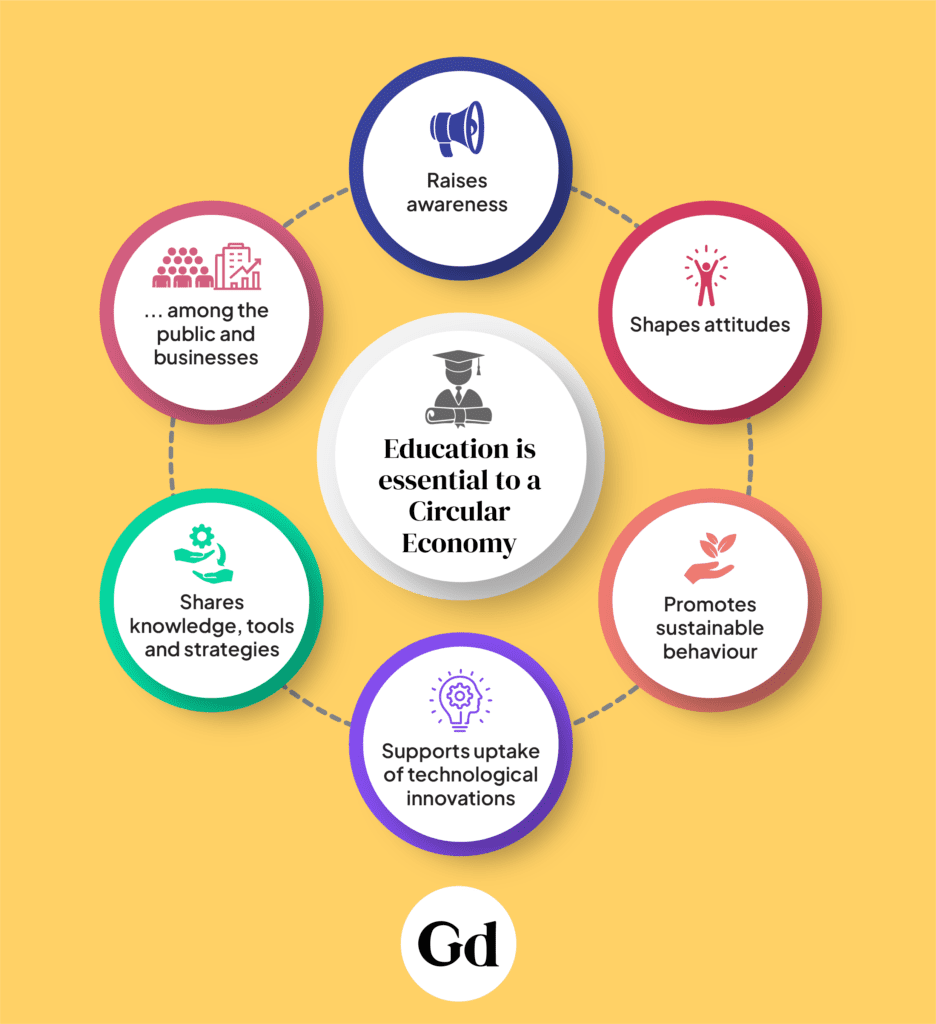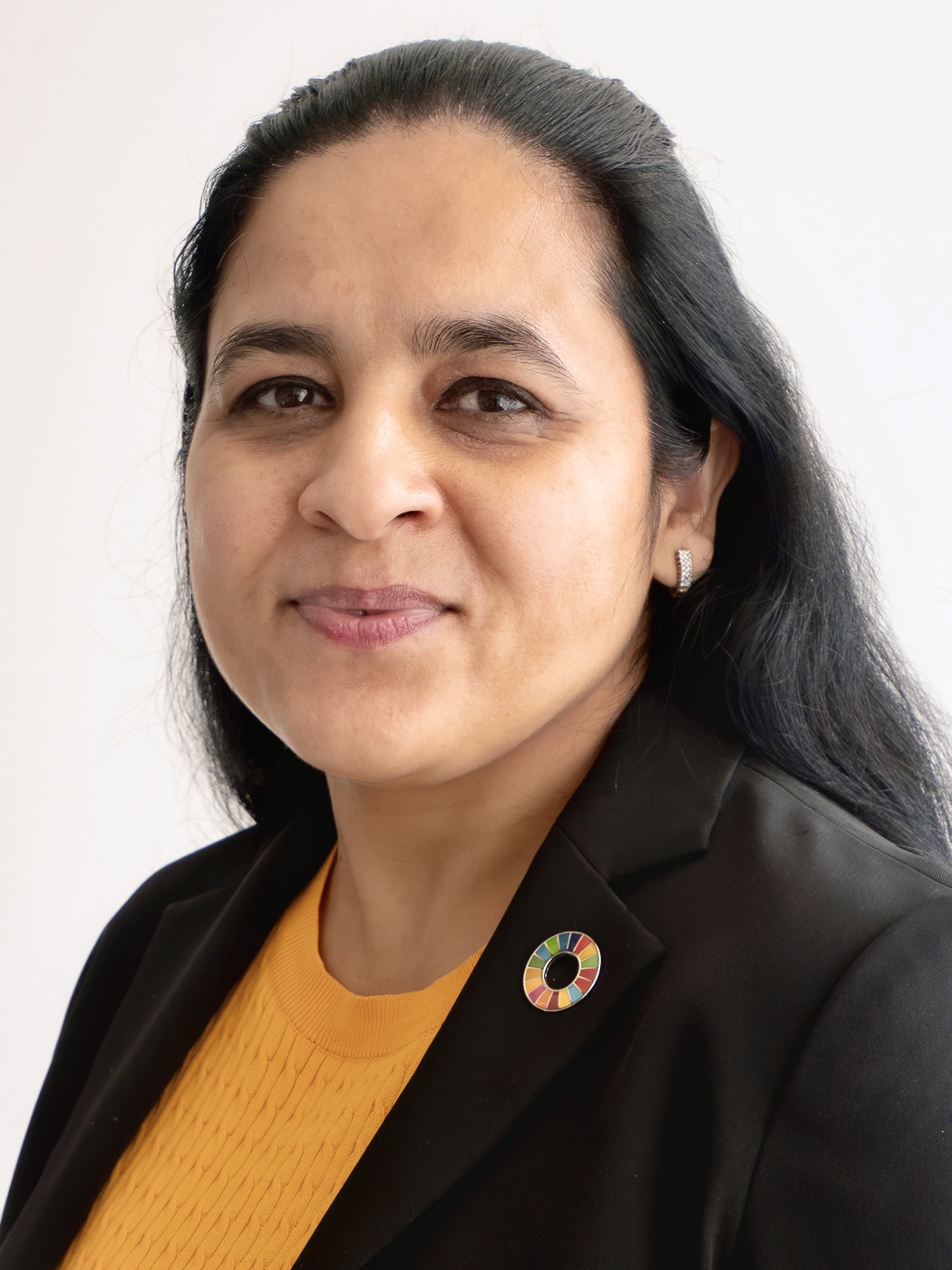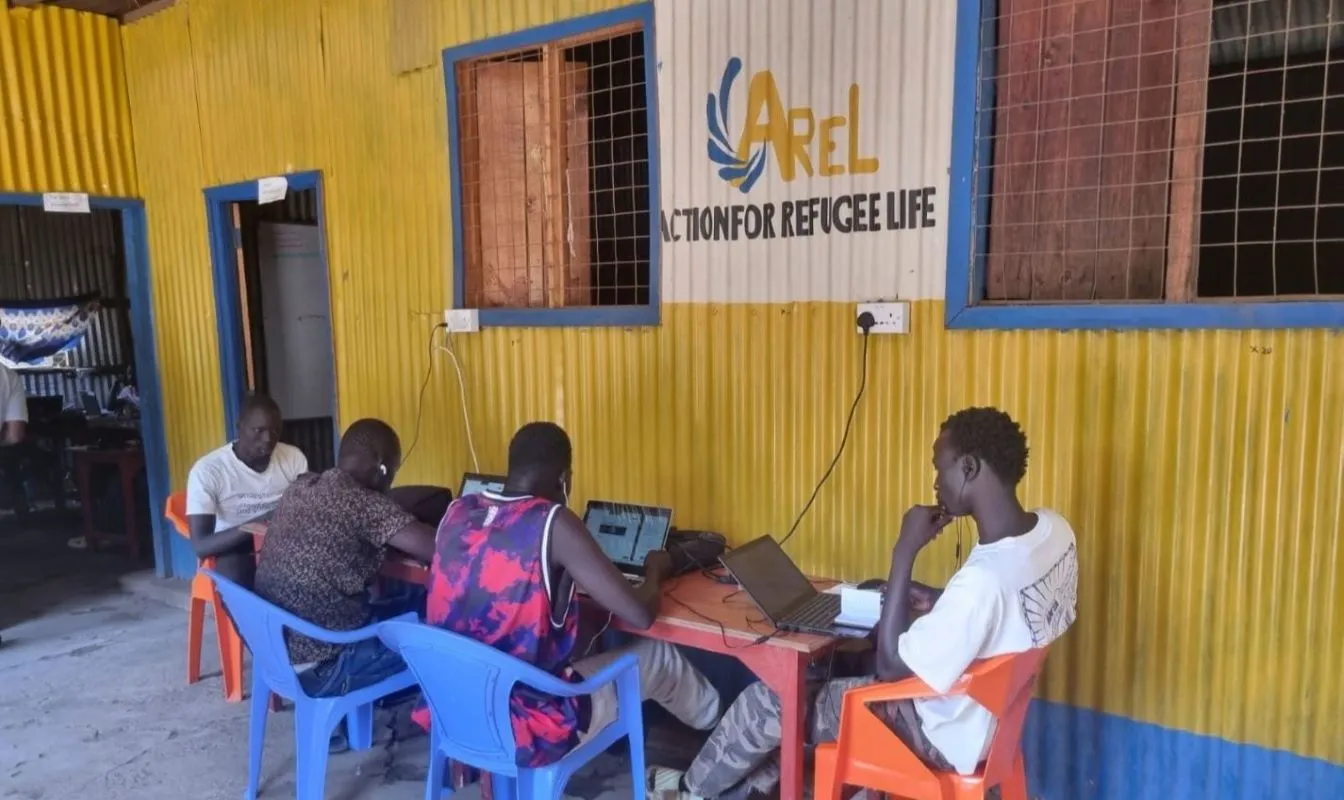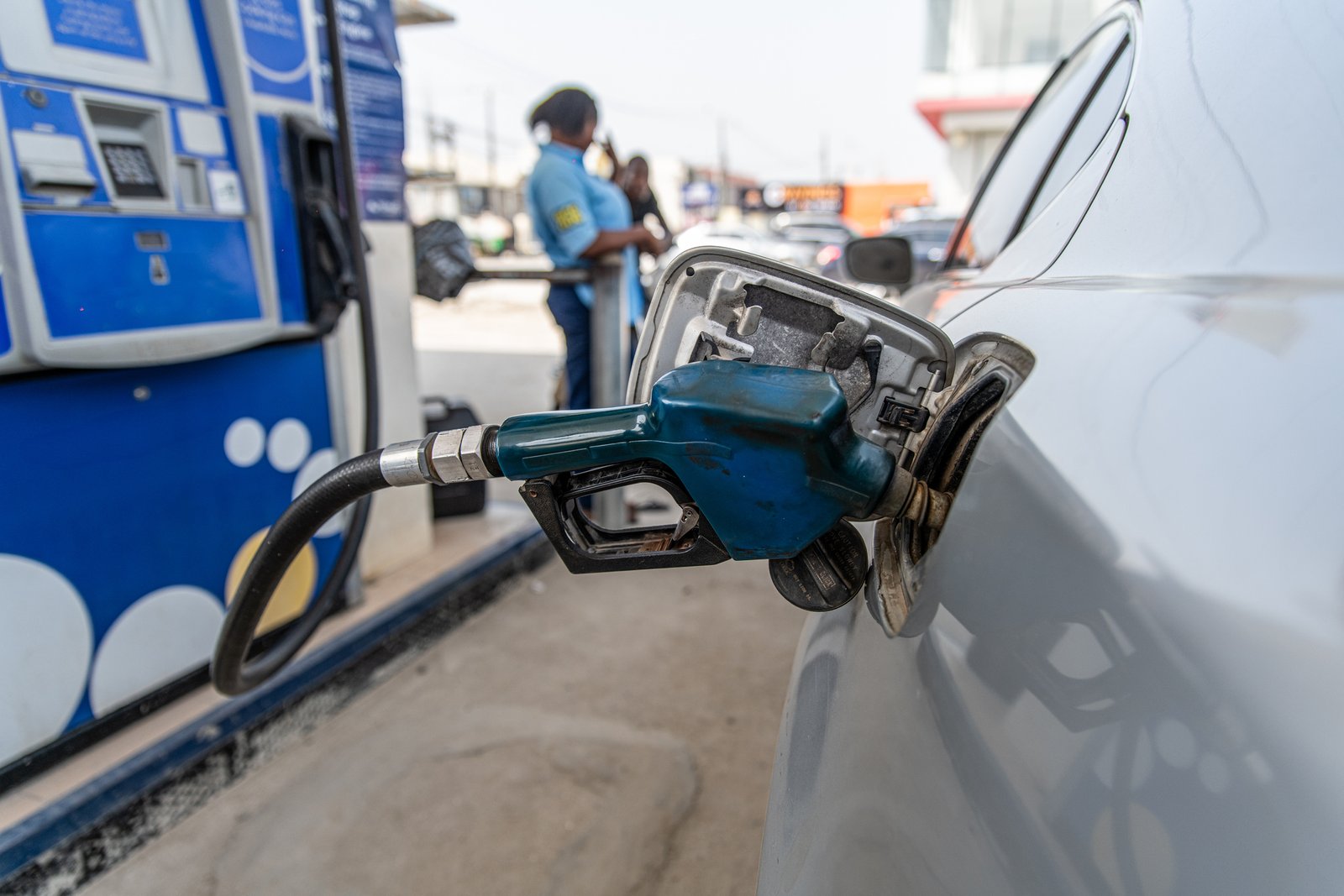Circular economy principles and practices are gaining more attention nowadays, but not everyone is familiar with them. This lack of knowledge makes it challenging to shift society towards sustainable production and consumption patterns. This blog article discusses how education and innovation are key components in unlocking the full potential of a circular economy and setting us on the path towards a more sustainable future.
The 30th of March 2024 marked the United Nations General Assembly’s (UNGA) second International Day of Zero Waste.
The purpose of this annual event is to help us rethink the appropriate use of natural resources, our consumption habits, and the possible ways to resolve environmental issues with waste.
Policymakers face significant challenges posed by economic structures, particularly the longstanding preference for a linear economy (‘take, make, dispose’) – a foundation of industrial progress for centuries that entrenches our unsustainable use of resources.
An additional policy challenge is a lack of understanding and proper education in this area, which prevents effective policies that encourage businesses to adopt circular economy practices while ensuring their economic sustainability and competitiveness. Industry often resists circular economy practices due to worries about financial feasibility and technological practicality.
Furthermore, there is a notable lack of public awareness and comprehension regarding waste reduction, product reuse, and sustainable consumption practices. Inefficient waste management also affects planetary crises such as climate change, biodiversity loss, and pollution.
The promises of a circular economy
Zero Waste Day highlights the importance of transitioning to a circular economy to minimize waste generation while increasing resource efficiency and creating value from waste.
The circular economy approach centers around the sustainable management of resources, in which materials are reused, shared, repaired, refurbished, remanufactured, and recycled. This creates a ‘closed-loop system’ that eventually minimizes the use of natural resources.
By adopting a circular economy, we may also reduce our carbon footprint while creating new economic prospects. According to The Global Waste Management Outlook 2024, a circular economy model could not only stop levels of waste from increasing with economic growth, it could also lead to a net gain of USD 108.5 billion per year by 2050.
Education and technological innovation are key to reaching this goal.
How can education help society embrace the circular economy?
Education can play a crucial role in raising public awareness, shaping attitudes, and promoting sustainable behavior in a circular economy. Education campaigns help individuals understand the principles of a circular economy, including the effectiveness of different approaches and strategies. Furthermore, they can empower people to take responsibility for their actions and make sustainable choices in their daily lives.
Schools could integrate environmental and circular economy education into their schedules, provide students with practical learning, and continue to emphasize problem-solving. Higher Education Institutions can also equip students with the necessary knowledge and tools to support the transition to a circular economy and develop the necessary skills and knowledge to pursue careers in the emerging circular economy.
As an example, the European Circular Economy Stakeholder Platform provides a crucial link between various initiatives that promote and enable a circular economy at local, regional, and national levels. Through a combination of educational campaigns, community workshops, webinars, and online resources, this initiative has effectively improved public comprehension of circular economy concepts, empowering individuals and organizations to make more informed decisions regarding sustainable practices and resource management.
Furthermore, a synergy between government, industry, educational institutions, and civil society is the most effective way to reach a circular economy. The Netherlands Circular Hotspot is an initiative launched in collaboration with the Dutch government, industry, educational institutions, and civil society to promote a circular economy. It shares knowledge, expertise, and best practices, and aims to create new jobs and economic opportunities while reducing environmental impact.
The Waste and Resource Action Programme (WRAP) in the UK has been highly successful in raising awareness of food waste through their education campaign “Love Food, Hate Waste” run in collaboration with local government and waste authorities. An intensive, targeted approach has led to 15% reductions in household food waste in parts of the UK, demonstrating the effectiveness of education in promoting circularity.
Collaboration can leverage a variety of skills, diverse expertise, resources, knowledge, and networks to drive significant progress. As an example, Adidas is collaborating with a charity to design and manufacture sneakers with upcycled ocean plastics, contributing to more sustainable product design principles.

Education and technological innovation
AI education projects need to be on the agenda of communities, for example, for knowledge sharing and skills development. These would enable local application of AI technologies to support sustainable development and circular economy initiatives.
In Denmark, the construction industry demonstrated the transformative impact of innovation in the circular economy through the use of reclaimed wood and recycled plastic. The sector achieved significant reductions in waste generation, energy consumption, and carbon emissions while also saving costs and gaining competitive advantages. In this case, education helped the industry understand the financial advantages of an innovative circular approach.
By promoting education, community engagement, technological innovation, and supportive legislation, we can fully realize the promise of the circular economy, to make our living conditions less polluted, create a more environmentally friendly and resilient society, and provide opportunities now and forever to current and future generations.






